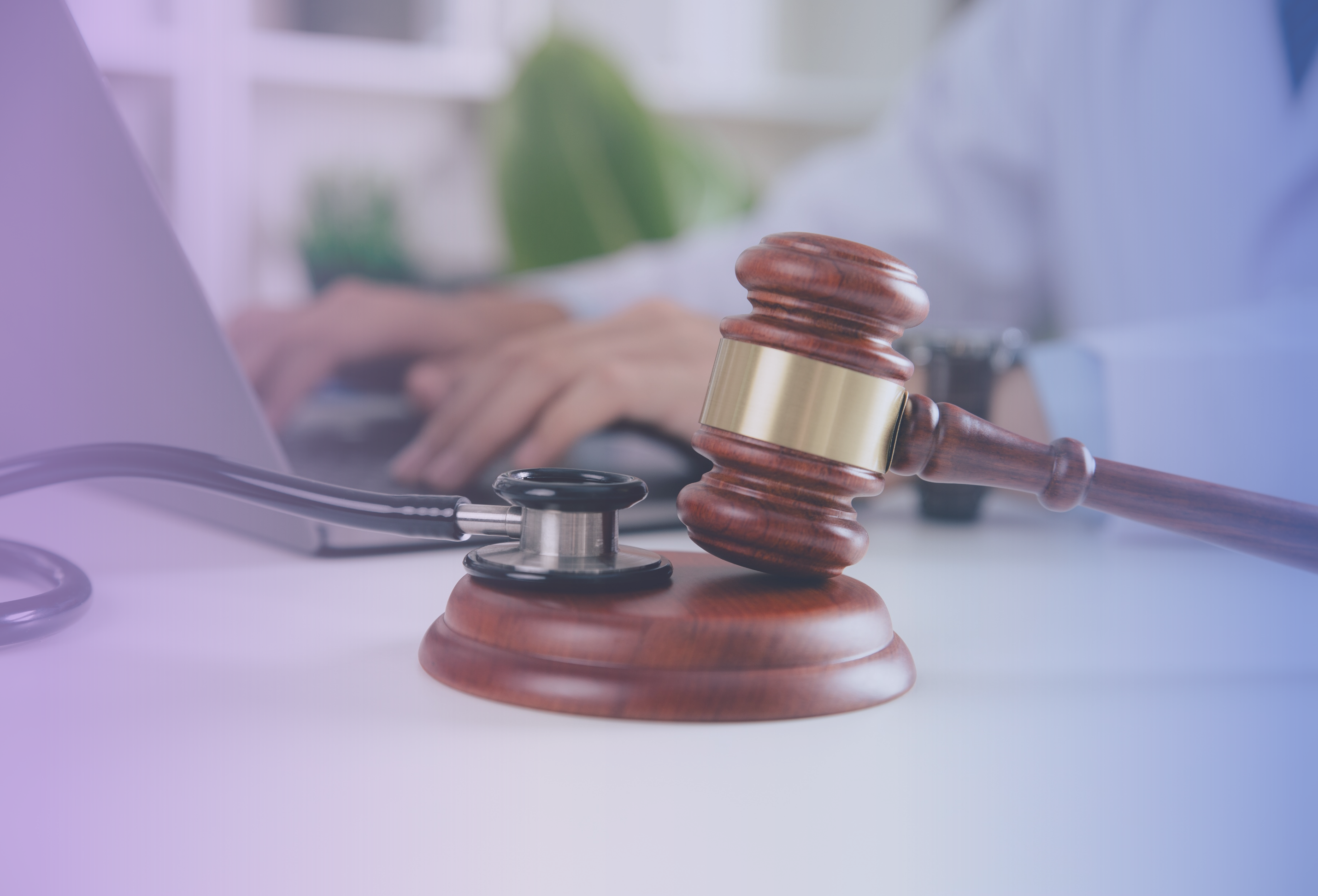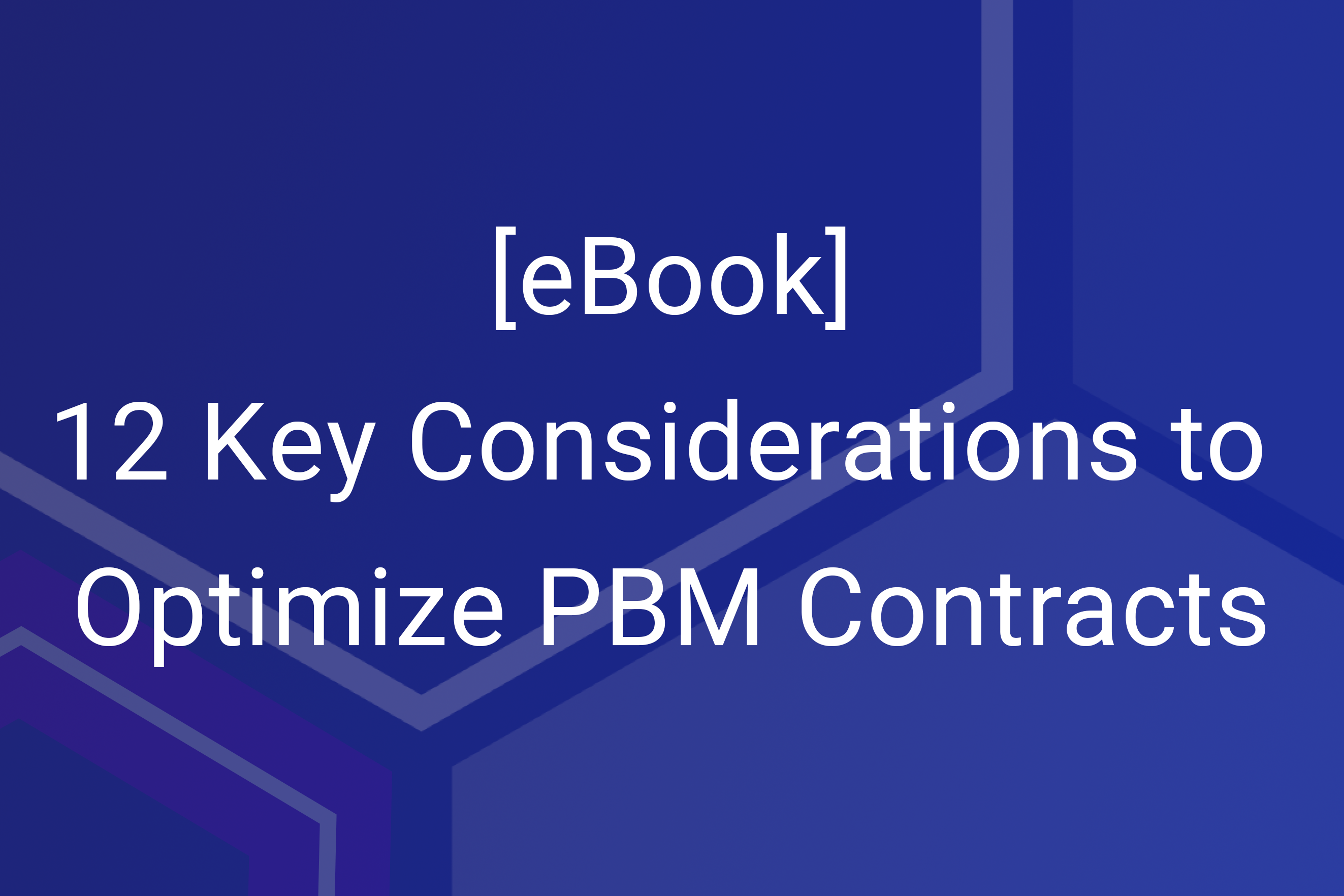If you interact with pharmacy benefits, you’ve probably heard quite a bit about biosimilars and their promise for containing specialty pharmacy costs. Their rise to prominence is surely linked to Humira, the world’s highest grossing drug. As of now, more than 10 biosimilars (FDA approved and pending approval) targeted at Humira are poised to launch in 2023. So, what are biosimilars, what is their place in the prescribing landscape, and what advantages might they offer to patients and prescribers?
What are biosimilars?
Just like a biologic therapy or vaccine, a biosimilar is a biological product made from living organisms. These drugs are created to serve as parallel, lower-cost agents to biologic reference products, with no clinically meaningful differences in safety, purity, or potency when compared with the reference product.
Biosimilars are often compared to generic drugs (as generics are the lower cost version of branded drugs), yet they are not the same. Unlike generic drugs, which are exact chemical copies of a molecule, biosimilars are not exact copies of the biologic reference product. The goal is not to copy a biologic molecule; rather, it is to mimic one or more endpoints of the reference biologic product, such as how the body responds to the drug. The result is a different molecule that moves through the body and is metabolized in ways similar to the reference product — and that has comparable safety and efficacy outcomes.
Biosimilars may be made by generic drug makers, new entrants, or by established pharmaceutical manufacturers looking to capitalize on competitors’ patent expirations. Biosimilars compete with reference biologic products primarily on price; because time to approval is shorter than that for reference products, the lower R&D costs are reflected in lower list prices. However, that doesn’t mean biosimilars are evaluated any less stringently than reference products.
Biosimilars that are currently in-market span indications across oncology and supportive care, autoimmune disorders, and most recently, diabetes and ophthalmology.
Biosimilars’ pace of approvals has increased after slow introduction into market
The FDA enacted an approval pathway for biosimilars in 2015. In the three years that followed, nine drugs were approved. The pace of approvals picked up after the FDA pledged in 2018 to provide better regulatory clarity to manufacturers and to improve the efficiency of approvals. Since then, 26 more biosimilars have been approved.
The biosimilars pipeline continues to be robust. According to a recent industry report, more than 100 formulas are in development, focused on 22 molecules. This includes blockbusters adalimumab (Humira) and etanercept (Enbrel), as well as molecules for growth hormones, osteoporosis, asthma, and rare diseases.
Biosimilars offer potential for substantial cost savings
The money saved in the leaner research and development process can be extended to the consumer in the form of lower prescription costs, thus saving patients money. One recent analysis found that the price of biosimilars has averaged roughly 30% less than the reference drug. What’s more, research has found that the more biosimilars there are in a class, the greater the effect on prices of the reference products and biosimilars alike. More competition in each category can lower the price, thus providing significant savings opportunities for plan sponsors and patients.
While 30% may be less savings than the deeper discounts offered by generic drugs, the absolute savings in dollar terms can be substantial — helping to make a medication more accessible to patients. Here’s an example, based on average wholesale prices (AWP):

With this example, it’s clear why payers, plan sponsors, and some provider groups have been eager for the acceleration of biosimilars. The Biosimilars Council has estimated that this type of drug will yield savings of $133 billion over the next five years.
Challenges that lay ahead
Despite the green light from the FDA and the promise of savings, many biosimilars are struggling to gain traction in the market. For example, there has been slow adoption among some prescribers and patients due to a lack of understanding of this category of drugs. There has also been a hesitancy among payers to switch patients away from branded medication that are leading to strong results. Some plan sponsors have also expressed confusion on how biosimilars fit into their pharmacy plan design.







